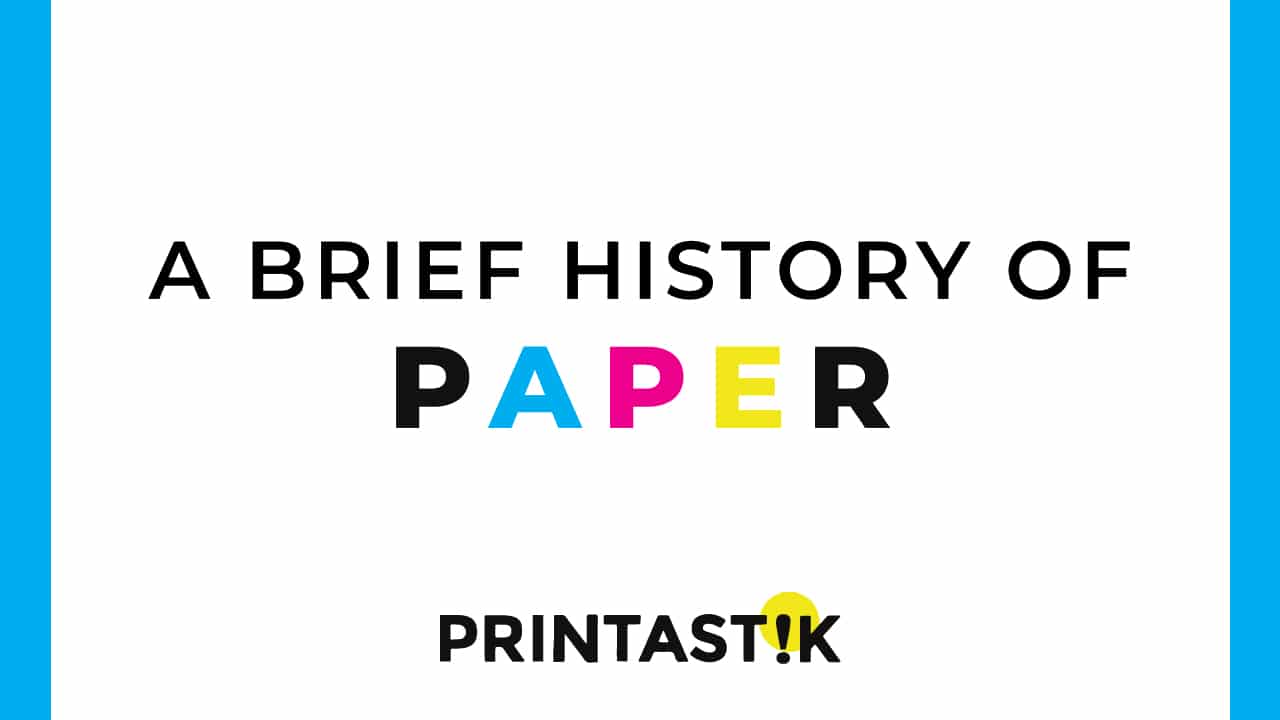While we often take paper for granted, it was once an invention, considered cutting-edge technology. Paper was not only used for books, but also packaging, cleaning, and decoration throughout the ages. Let’s take a look at its journey through history to arrive at its current state as a ubiquitous household item in Minnesota.
Papermaking: The Beginnings
The Egyptians are known for using papyrus over four thousand years ago, and the Chinese for using bamboo parchment. But the invention of “modern paper” came about around the Han Dynasty, which lasted from 206 BCE until 220 CE. A court official, Cai Lun, combined natural materials like tree bark and fibers, separated from sources like rags and fishnets, to produce something similar to paper as we know it today. His invention earned the praise and respect of the Emperor, and over the next few centuries, Cai Lun’s paper was not only used for writing, but also packaging, currency, toilet paper, and tea bags.
Papermaking Propels Forward
The Chinese tried to keep their papermaking techniques secret but by the seventh-century papermaking had spread to Kora and Japan. By the end of the eighth century, via the Silk Road, it made its way into the Islamic world. Here, the earliest paper mills were invented, which made the papermaking process more efficient and profitable. Many accounts of papermaking focus on its development in China and Europe, ignoring the contribution of Islamic lands. Sometimes this neglect is because old Islamic paper, unlike European papers, did not have watermarks, making it difficult to localize, date, or study. Nevertheless, the innovations in the Islamic world propelled incredible change and evolution in subjects like literature, mathematics, trade, and the arts.
Europeans as Papermakers
Some centuries after its introduction to the Islamic world, papermaking finally made its way to Europe. Despite their late entry into the world of papermaking, Europeans advanced the art quickly. By the nineteenth century, Europeans were inventing sophisticated papermaking machines; like London’s Fourdrinier machine, which was able to create continuous strands of paper that could be cut into individual sheets later. In the 1830s, these sorts of innovations united with a new technique: replacing wood pulp with pulped rags. Wood pulp then became standard for newspapers and cheaper book printings (today, it’s still used in the mass production of paperbacks).
Today
What was once a tremendous contribution to technology is now a common, but no less critical, contribution to our everyday lives. Traditional papermaking techniques are still being refined today to produce paper for art projects or for printing fine books. In the twenty-first century, papermaking advancements are still exciting and ongoing, as we continue to develop eco-friendly and sustainable paper.
Papermaking With Printastik
We pride ourselves on being able to make your digital dreams come true. Every day we look forward to challenging ourselves to find ways we can become more sustainable as we help advance papermaking in Minnesota today. Partner with us today by calling (651) 659-9680 or email us atsales@printastik.biz to learn how you can print and propel eco-friendly papermaking forward.
